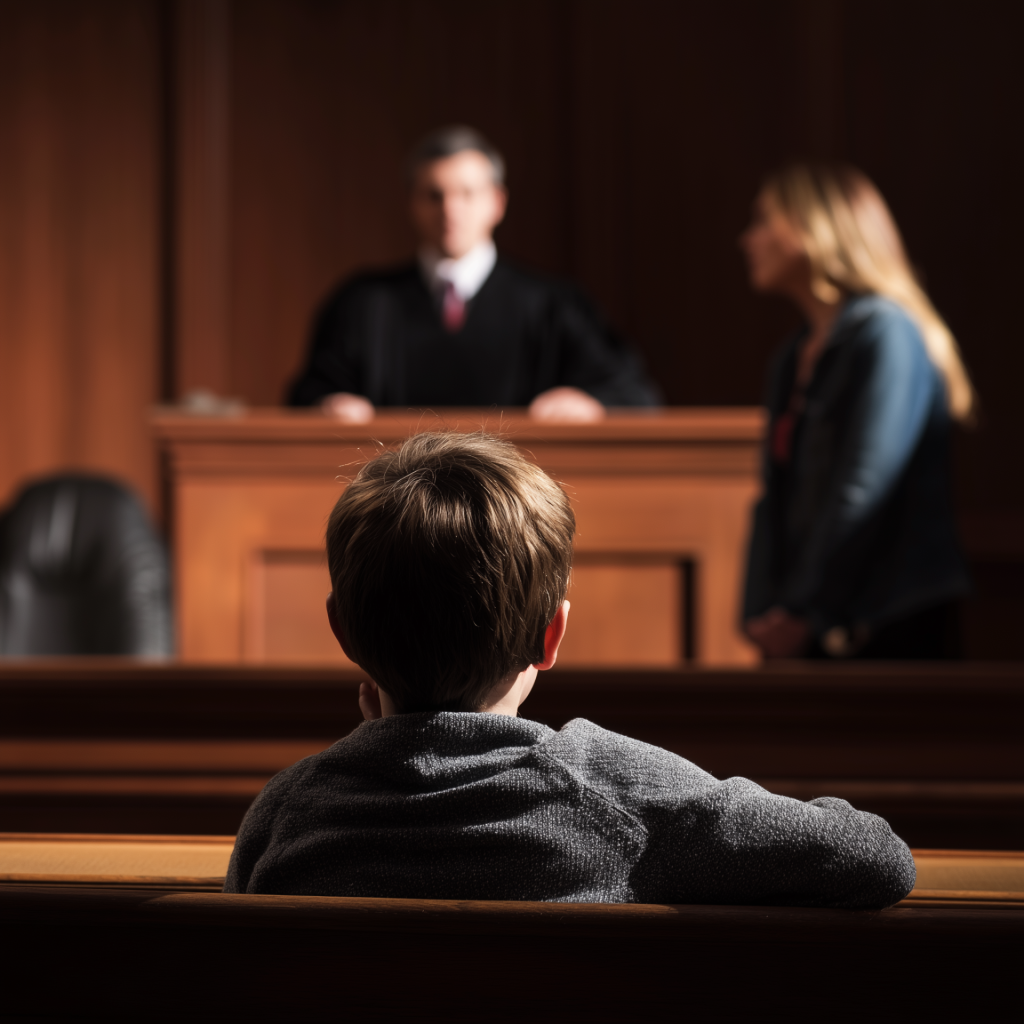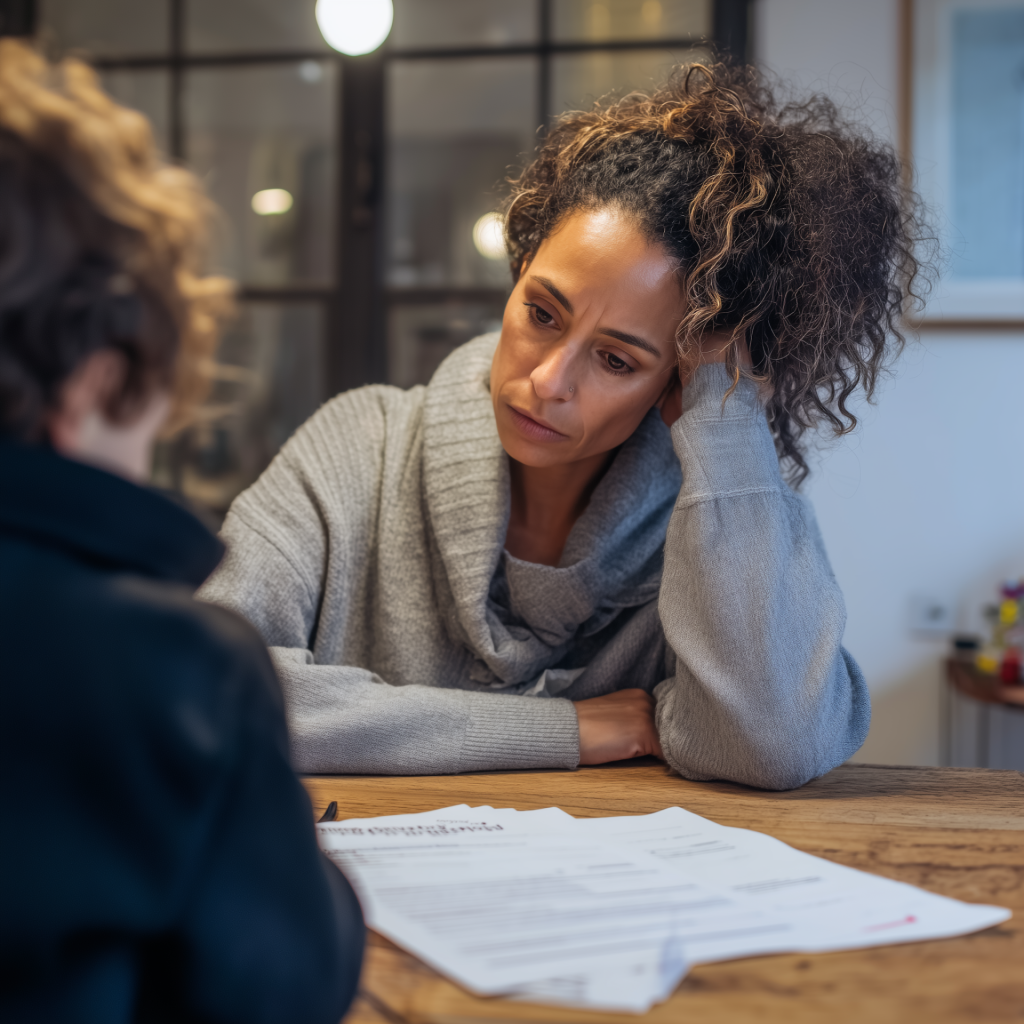We understand that attending a child protection conference can feel overwhelming. These meetings are an important part of the child protection process, where professionals come together to assess whether a child is at risk of harm and what support is needed to keep them safe.
A child protection conference is a formal meeting held under the guidance of the Working Together to Safeguard Children framework. This enquiry is triggered when there is reason to suspect that a child is suffering, or is likely to suffer, significant harm. The conference is where key decisions are made about a child’s safety and whether a child protection plan is required.
For parents and carers, understanding what a child protection conference involves is essential. Being prepared and informed can help you engage more effectively in the process and advocate for your family’s needs.
Types of Child Protection Conferences
There are two main types of child protection conferences:
- The Initial Child Protection Conference (ICPC)
- The Review Conference.
The ICPC is the first meeting that takes place after a Section 47 enquiry has been completed, and professionals believe there is sufficient concern about a child’s welfare. This conference usually happens within 15 working days of the strategy meeting that initiated the enquiry.
A Review Conference is held at regular intervals to monitor progress and review the effectiveness of the child protection plan, if one was put in place. The first review is typically held around three months after the initial conference, with further reviews scheduled every six months.
Both types of conference are triggered by serious concerns about a child’s safety, including evidence of physical, emotional or sexual abuse, neglect, or other forms of significant harm. They may also be convened due to risk factors such as domestic violence, parental mental health issues, substance misuse, or a history of previous child protection involvement.
Who Attends a Child Protection Conference
A child protection conference brings together professionals and family members to share information and make decisions about a child’s safety. The meeting is led by an independent chairperson who is not involved in the case day to day. Their role is to manage the meeting, ensure everyone is heard, and guide the group towards clear decisions.
The child’s social worker attends as the key professional from children’s services. They will present the findings of any investigation, explain what concerns have been identified, and make recommendations about what needs to happen next.
Other professionals may be invited depending on the child’s circumstances. This often includes health professionals such as the child’s GP, health visitor, or school nurse, as well as education staff like a class teacher. Police, probation officers, or other specialists may also attend where relevant.
Parents or carers are invited to the conference, and it is important that both are present if possible. The child may also be involved, depending on their age and understanding. If they are not attending, their views should still be gathered and shared, often through a social worker or independent advocate.
You have the right to bring a supporter or legal representative with you to the meeting. This could be a solicitor, family member, or advocate. If you plan to do so, it’s helpful to let the social worker or chair know in advance.
Sometimes, other professionals may be invited to contribute specific advice or reports. These participants may be unfamiliar, but they play an important role in building a complete picture of the situation.
What Happens Before the Conference
Before a child protection conference takes place, professionals involved with your family prepare written reports. These might come from social care, schools, healthcare providers, or others working with you or your child. These reports are shared at the conference and used to help decide the best course of action.
You should receive copies of the reports in advance of the meeting, usually at least two working days before. This gives you the chance to read them carefully, prepare questions, and correct anything you feel is inaccurate.
Often, the chairperson or social worker will offer a short meeting or phone call beforehand to explain the purpose of the conference, how it will run, and what to expect. Take this opportunity to ask any questions you may have.
We always advise parents to prepare their own thoughts ahead of the meeting. Think about:
- What is going well in your family?
- What support has helped you?
- What concerns do you want to address?
- What do you think needs to change?
Writing down your thoughts in advance can help you feel more confident during the meeting and ensure your voice is heard.
What Happens During the Conference
At the start of the child protection conference, everyone will introduce themselves and explain their role. The chair will outline the purpose of the meeting and how it will proceed.
Each professional will then share information from their report. You will also be invited to share your views. The meeting will cover what is working well in your family, what risks or concerns have been identified, and what support is available to help you.
Together, the group will formulate a danger statement (what could happen if things do not improve) and agree safety goals (what needs to change and how). These goals form the basis of any ongoing plan.
The professionals will then decide whether your child needs a Child Protection Plan, or if a different plan is more appropriate. If a protection plan is made, a core group will be formed. This is a smaller team of professionals who will work closely with you to support change, monitor progress, and meet regularly.
At ASA Solicitors, we are here to help you understand this process, support your participation, and protect your rights throughout.
What Happens After the Conference
After the child protection conference, you will receive minutes or written notes of the meeting. These include a summary of what was discussed, the concerns raised, your own views, the decisions made, and any actions agreed by you or the professionals involved. It’s important to read these carefully and raise any concerns if you believe something is incorrect or missing.
If a Child Protection Plan is agreed, this will outline:
- The specific risks or concerns to be addressed
- The actions each person needs to take
- Support services that will be provided
- How progress will be monitored
A Core Group will be formed from the key professionals working with your family. This group will meet regularly to review the plan, discuss any changes in circumstances, and ensure the actions are being followed through. You should be included in these meetings.
The first review conference usually takes place around three months after the initial conference. If the plan is still in place, further reviews happen approximately every six months. These reviews assess whether the plan is working, whether risks have reduced, and whether the child protection plan can be ended.
How Parents Can Best Prepare
We always advise parents and carers to approach a child protection conference with preparation and confidence. Here are some practical ways to do that:
- Request the reports in advance and read them thoroughly. If anything is unclear or seems wrong, ask for clarification or make notes to raise during the meeting.
- Prepare your own information. Think about what is going well in your family, what support you’ve accessed, and how you’ve responded to concerns.
- List the questions or concerns you want to raise. This might include challenging a professional’s opinion or asking for help in a particular area.
- Bring someone with you if it helps. This could be a solicitor, a trusted friend, or an advocate. Make sure the chairperson or social worker knows ahead of time.
- If your child is involved, support them to express their views. This might involve helping them write something down or speaking to someone who can represent their views in the meeting.
- Finally, check the time, location, and anything else you need to bring, such as your notes or documents, to help the meeting go smoothly.
Being prepared gives you a better chance to be heard and to influence the outcome.




